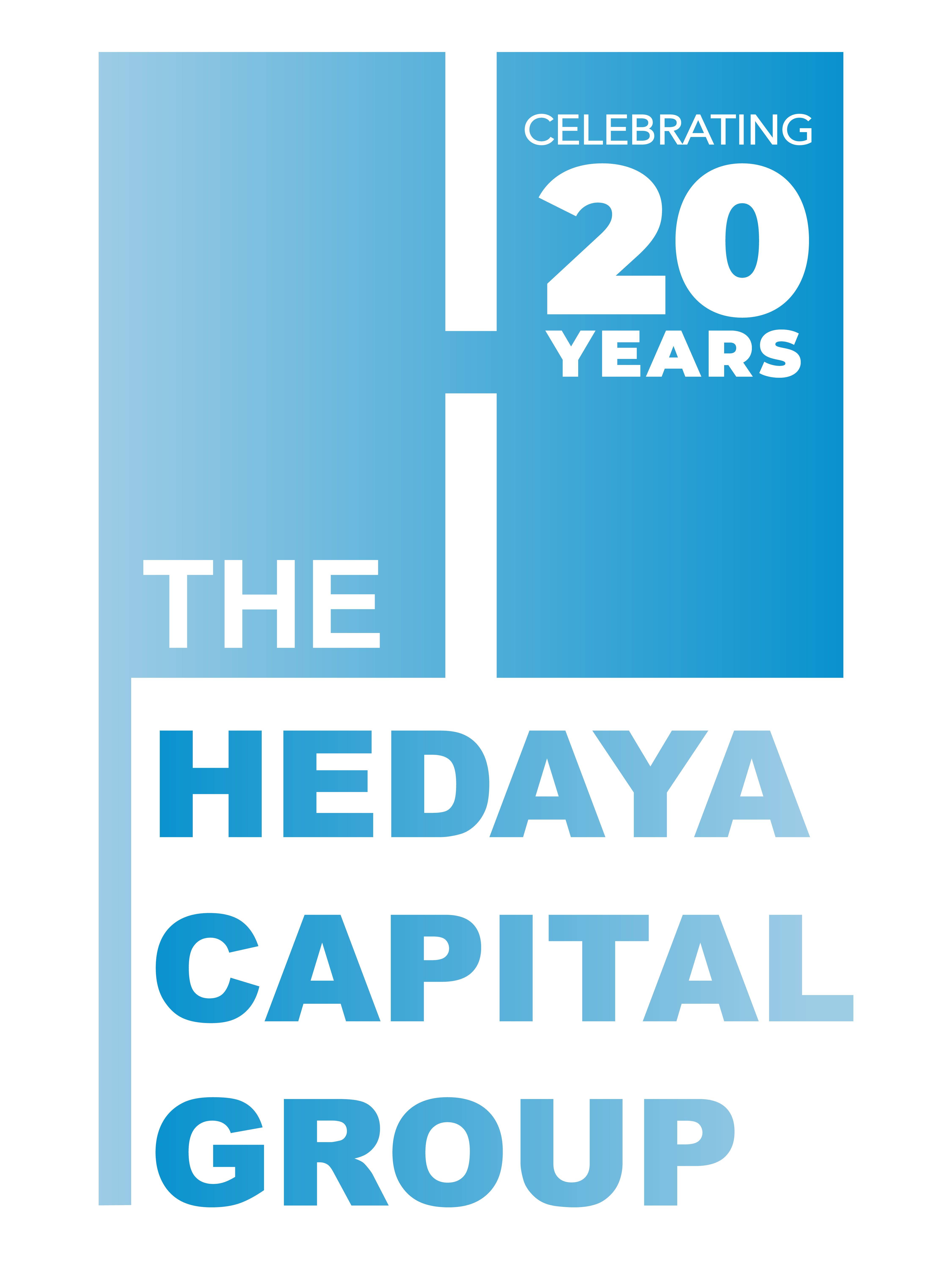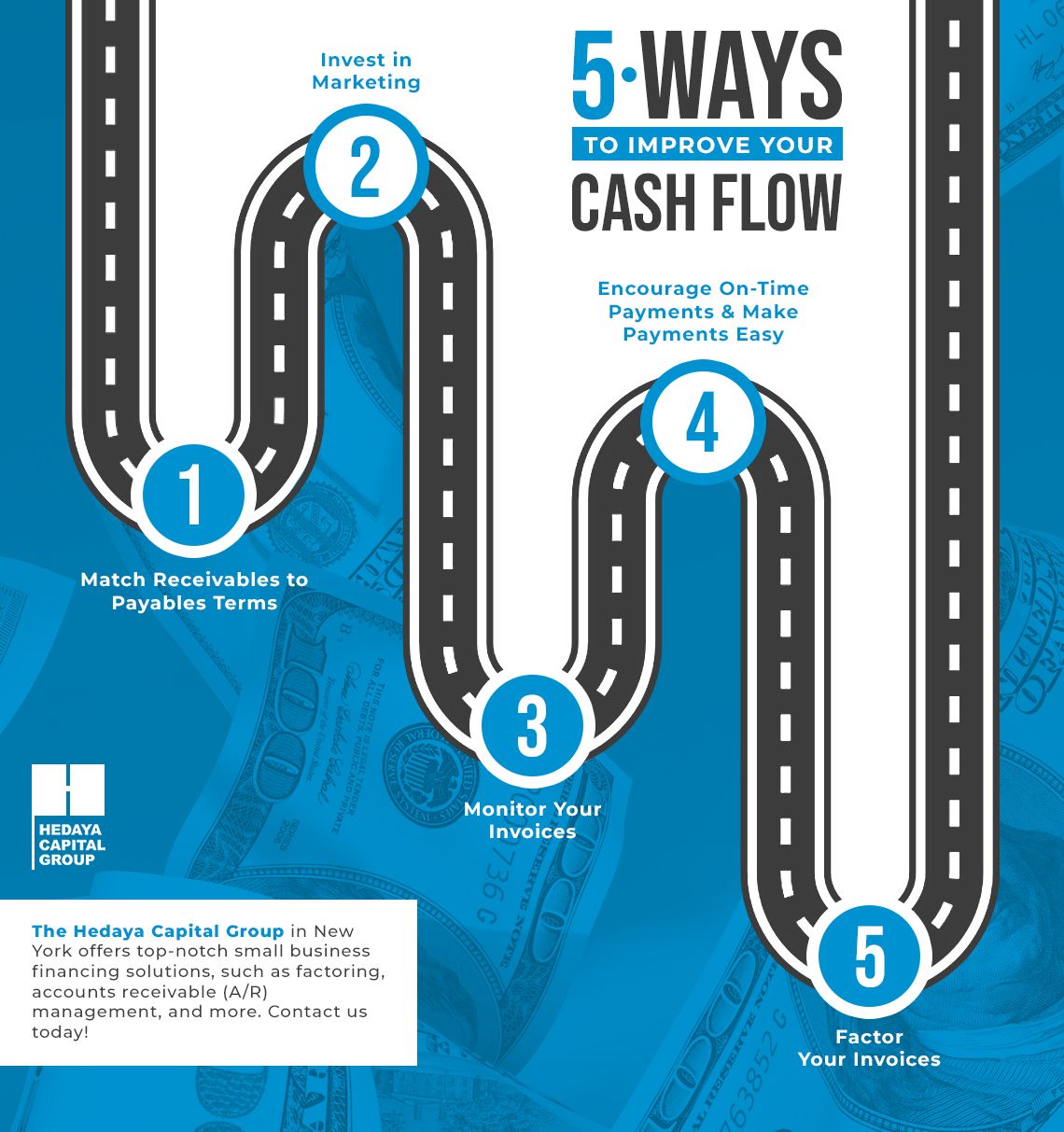Match Receivables to Payables Terms
Payables, or your debts, sometimes are due before your receivables, or the money you are owed. This can create major cash flow problems that theoretically will never resolve themselves as the gap could continue to grow. Thus, if you can't pay your bills on time, odds are, your creditors are not going to be happy and may stop lending to you. This could be a potentially disastrous consequence if not resolved.
One solution The Hedaya Capital Group in New York recommends is to match your receivables to your payables, meaning if you have to pay your creditors in 30 days, then your customers need to pay you in 30 days as well, instead of the 45 or 60 days. Some customers may push back on this, in which case, you should still try to negotiate with them or replace them with a competitor if need be. When it comes to cash flow, this is one area you have to be vigilant about and which you cannot let up on.
Invest in Marketing
In this day and age when every business under the sun has a website, it's imperative that you differentiate yourself from the competition. You accomplish this through your products, your services, and your unique branding.
However, having a website is not enough for the savvy customers of today. You not only need a great website, but you need one that will wow people. You need a presence on social media, with regular posts to keep your customers engaged. You'll need a content marketing strategy in order to generate free organic traffic to your site. And you'll need someone to run ads for you, or a marketer.
Marketing, in general, can reduce your cost per lead, which can be a lot. Once you get the clients to buy into your product or service, the cost to retain them plummets. When you partner with a great marketing firm, they will target your market with great campaigns, adding value to your business in unbelievable ways.
It's All About Your Invoices
As soon as you complete a job for a customer, it's best to get payment right away. However, we understand that not all industries work that way. The Hedaya Capital Group in New York recommends that the sooner you can get your invoices to your customers, the better. You can hand them an invoice once it's complete, or you can mail one off to their headquarters and billing department as soon as possible. The longer you sit on these, the more it will take you to get paid, which can throw kinks into your cash flow. You can even email your invoices as well to those who will accept them that way.
Encourage On-Time Payments
Once you've sent out your invoices, you need to make payment and follow up a priority. While you can leave payments up to your customers, if you don't follow up, they can either be late accidentally, wait until the last moment, or realize that you don't press for payment so they will mail their payment late and take advantage of this lack of pestering. There are some things you can do — in fact, some automated things you can do — to ensure timely payment.
- Invoice Reminders. Many accounting software programs will do this for you. You can set up invoice reminders to be sent to your customers as gentle reminders that their bill is due. You can send these out a few days before and after as well. You can even include an easy "Pay Here" button so your customers can pay quickly and easily online. If payment has not been received, it's time to go old school and pick up the phone and call.
- Offer Incentives. You've all seen the signs while on a road trip where gas stations will give a discount if you pay with cash over a card because it saves them the processing fee. You can apply this tactic to your customers as well. If you normally offer Net 30 (or payment due in 30 days), you can decide to offer a small percentage discount if they pay within a week. This can help with cash flow for your small business immensely.
- Institute a Late Fee. Many small businesses say they will charge a late fee, but then they don't follow through and never do. Soon enough, your customers will figure this out and take advantage of it by paying late every month. By instituting a late fee penalty, you are sending the signal that you are a professional and that you do expect timely payment. The Hedaya Capital Group recommends that you make it clear when the late fee will be assessed (for instance, if you have a grace period) and what it will be. You should include this on every invoice you send. There are probably standard practices already in place for late fees for your industry so be sure to do your research thoroughly before you decide.
Make Payments Easy
This tip for small businesses to maximize their cash flow applies directly to the previous two tips with regards to invoices. Not only do you want to send out your invoices promptly and follow up on payment, but you also want to make payment easy for your customers. In essence, you want to accept all forms of payment in any manner — whichever is convenient for the customer.
If you have kids, you can understand this. How many times have you visited a kids' craft show or fundraiser and not had the payment they accepted in hand? Either you didn't have cash or you ran out of cash. Either they accepted checks, but who writes checks anymore? And they didn't have an ATM. Thus, what did you do? You didn't buy the item, which resulted in the end in a no sale.
As a small business, you cannot afford to do this. If a customer is willing to buy your product, but you can't accept payment, this is lost sales that will in no way help your cash flow situation. Instead, The Hedaya Capital Group in New York recommends that you set up automatic withdrawal from checking or savings accounts for recurring payments, such as kids' dance lessons. You set up PayPal for online transactions. You use another payment service, such as Square, to help with credit card processing. And you set up a Venmo account so people can pay you directly. You can even set up Bitcoin payments if you so desire. This will not only improve your cash flow because you can take payments, but it will also allow you to get the money sooner.
Factor Your Invoices
One of the many benefits of factoring entails the fact that you can receive cash up front for money you are owed. It works like this:
- You sell your invoices to a factoring company (commonly referred to as "the factor").
- The factoring company gives you a percentage of these invoices or account receivables (typically between 70 and 90% of the face value). This means you are not waiting 45 or 60 day for payment.
- Now the factoring company will collect on these for you, further saving you time and money.
- Once paid, the factoring company will give you the rest of the invoice amount owed you minus its fees.
Invoice factoring (also called A/R financing) can help many small businesses grow by preventing a slow down as they wait for the working capital needed in order to move on to the next phase of their business plan growth. This small business financing option is extremely quick (often less than a 24-hour wait for your funds) and can give you the working capital you need either in economic downturns or in a growth stage of your business.



